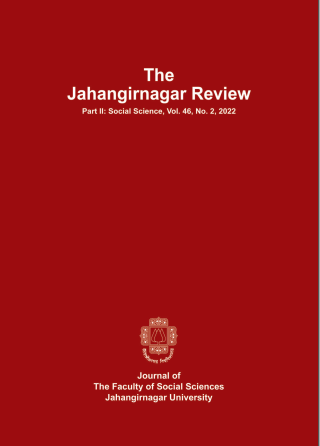A Scoping Review of Transit Impacts on Residential Rents
Main Article Content
Abstract
Increases in property values near mass transit investments, particularly rail or BRT, is often viewed as a success, indicating preferences for transit access and development potential. Increases in residential rents near transit are important to look at, to measure changes that may be connected to displacement of lower-income households, and to shed light on preferences of a different population than the most frequently studied homeowners or investors. This paper conducts a Scoping review of literature to identify the literature evidence about the impact of transit on residential rents. In order to most accurately capture these effects, this review specifically
searches for literature using longitudinal, or repeat-transaction, methods. While the field of research on transit impacts on property values is vast, the review only found two articles meeting these specifications. The literature results indicated that there is a significant difference between results with hedonic rather than longitudinal or repeat rental data. More research is needed globally to better understand differences between capitalization of transit access in rental and housing markets, and to better inform the relationship between housing affordability and transit access for lower-income residents.

